Introduction to the 11-Day Langtang Valley Trek
The Langtang Valley Trek spanning 11 days offers a captivating and culturally rich experience suitable for a diverse range of travelers, including families, school or college groups, and individual adventurers. It promises an enjoyable and enthralling week-long getaway.
Along this journey, you’ll be treated to awe-inspiring vistas of Langtang Lirung, Gangchenpo, and other majestic Himalayan peaks. The trek’s duration can vary from 7 to 11 days depending on your chosen itinerary and route. The best times to undertake this adventure are from September to November and March to May.
The Langtang Himal Trek begins with pleasant strolls, leading you through undulating green hills graced by lush forests of rhododendrons, magnolias, pines, oaks, hemlocks, and fir trees. As you ascend to greater heights, the forests transition into shrubs and alpine flora, all set against the backdrop of magnificent mountain vistas.
Your adventure begins with an exciting overland drive from Kathmandu, heading north through picturesque towns and farming villages, gradually ascending into the cooler highlands of the Langtang Himal and Langtang National Park. Notably, this park was the first of its kind established in the Nepal Himalayas back in the early 1970s.

The Langtang Valley Trek excels over other Nepalese routes for these key reasons:
1. Reduced Crowds: Unlike more crowded trekking destinations like the Annapurna and Everest Regions, the Langtang Valley Trek offers a tranquil and more private trekking experience, making it ideal for those who prefer a peaceful journey.
2. Scenic Diversity: This trek encompasses a wide range of landscapes, from enchanting rhododendron and bamboo forests to alpine meadows and high-altitude passes. It also treats trekkers to breathtaking vistas of Himalayan peaks like Langtang Lirung (7,227 m), Gangchenpo (6,388 m), Langtang Ri (7,205 m), and others.
3. Cultural Immersion: The route winds through traditional Tamang villages, providing trekkers with a unique opportunity to delve into the local culture and gain insights into the way of life of the residents.
4. Manageability : Compared to other treks in Nepal, the Langtang Valley Trek is relatively shorter and less strenuous, making it an excellent choice for trekkers with time constraints or those seeking a moderately challenging adventure.
5. Langtang National Park Exploration: This journey takes you through Langtang National Park, a habitat for a diverse range of plant and animal species, including the endangered red panda.
6. Therapeutic Hot Springs: Trekkers have the chance to relax in the hot springs, believed to have healing properties for various ailments. The trek culminates at Kyanjin Gompa, a Tibetan Buddhist monastery where trekkers can delve into local culture and religion.
7. Year-Round Viability: While the best months for the trek are September to November and March to May, it can be undertaken throughout the year.
8. Cost-Effective Option: The Langtang Valley trek is often considered a more budget-friendly choice compared to other trekking options in Nepal.
In combination, these features create a remarkable blend of natural beauty, cultural heritage, adventure, and an unforgettable experience for trekkers in the Himalayas of Nepal.
When is the best time to undertake the Langtang Valley Trek, considering the ideal climate and temperature?
During the Langtang Valley journey, weather and climate may vary according to time of year and altitude. In general, September to November and March to May are the most popular months for hiking.
The autumn season, from September to November, is generally bright and dry, with pleasant temperatures, making it an ideal destination for hiking. The days are pleasant and sunny, with cold nights. The day’s temperature can range from 10 to 20 degrees C, while night’s are between 0 and 10 degrees C.
In the spring of March to May, the temperature rises and the weather is usually clear and dry. Temperatures during the day can reach 20-25°C, while temperatures at night can dip to 5-10°C. At this time, the rhododendron forests are also very bloomed.
The summer season, from June to August, is very hot and humid with a high probability of precipitation. During the day, temperature fluctuates between 20 and 30 degrees while at night it varies from 10 to 20 degrees. It’s not the best time to go hiking.
During the winter months of December to February, it’s cold and temperatures are normally dreary and snowy. During the day and at night, the temperature varies from 10 to 20 and 10 to 10. It is not recommended to walk at this time of year as the path may be snowed in and there will also be avalanches.
Pack appropriately for the weather, with warm clothes for cold nights and sun protection for bright days. Check the weather forecast before you set out on your journey and prepare yourself for any unexpected change of weather.
Additional information
| Fitness | Beginner- Intermediate |
|---|
- Beautiful mountain views: The walk provides panoramic views of the Himalayan peaks Langtang Lirung (7,227 m), Gangchenpo (6,388 m), Langtang Ri (7,205 m), and others.
- The journey takes trekkers through the Langtang National Park, which is home to a rich mix of flora and fauna, including the endangered red panda.
- Tamang Culture and Tradition: The walk passes through traditional Tamang villages, allowing trekkers to learn about the local people’s unique culture and way of life.
- Trekkers can relax in Cholang Pati’s hot spring, which is said to offer medicinal effects for a variety of diseases.
- Langtang Glacier: The trip takes trekkers to the base of the Langtang Glacier, where they can witness the beautiful ice formations and glacial moraines.
- Kyanjin Gompa: The journey culminates at Kyanjin Gompa, a Tibetan Buddhist monastery where hikers can learn about local culture and religion.
- Beautiful scenery: The walk includes a variety of landscapes, such as rhododendron and bamboo woods, alpine meadows, and high-altitude passes.
- The trek might be tough but adventurous at the same time, but the rewards are well worth it because it provides trekkers with an unparalleled experience of Nepal’s natural beauty and cultural diversity.
Recommended Gear List:
- Duffel bag or rucksack (A complimentary Resurgence Travel duffel bag is provided, to be returned after the trip).
- Daypack.
- Trekking shoes.
- Sports shoes or sandals.
- Sun hat or cap.
- Cozy woolen hat.
- Warm fleece jacket or insulated puffy jacket.
- Pullover or a snug, warm sweater.
- Raincoat.
- 4 to 5 pairs of high-quality socks.
- Protective hand gloves.
- 2 to 3 pairs of durable trekking trousers.
- 3 to 4 trekking shirts.
- 3 to 4 pairs of non-cotton underwear (preferred).
- Sunglasses.
- Water bottle.
- 4-season sleeping bag (Optional – provided if needed, to be returned after the trip).
- Handy flashlight or torch.
- Camera with spare batteries.
- Nepal Visa fees.
- International airfare to and from Kathmandu.
- Lunch and dinner in Kathmandu.
- Personal travel and health insurance, including helicopter evacuation insurance.
- Additional accommodation, lunch, and dinner in the city due to early arrivals, late departures, or unforeseen schedule changes.
- Personal expenses like laundry, baggage fees, phone calls, battery charging, bar and beverage bills, bottled water, hot and cold showers, extra porter services, etc.
- Tips for the trekking crew and drivers.
- Extra expenses resulting from flight delays, strikes, adverse weather conditions, or events beyond our control.
- All relevant government and local taxes as per the itinerary.
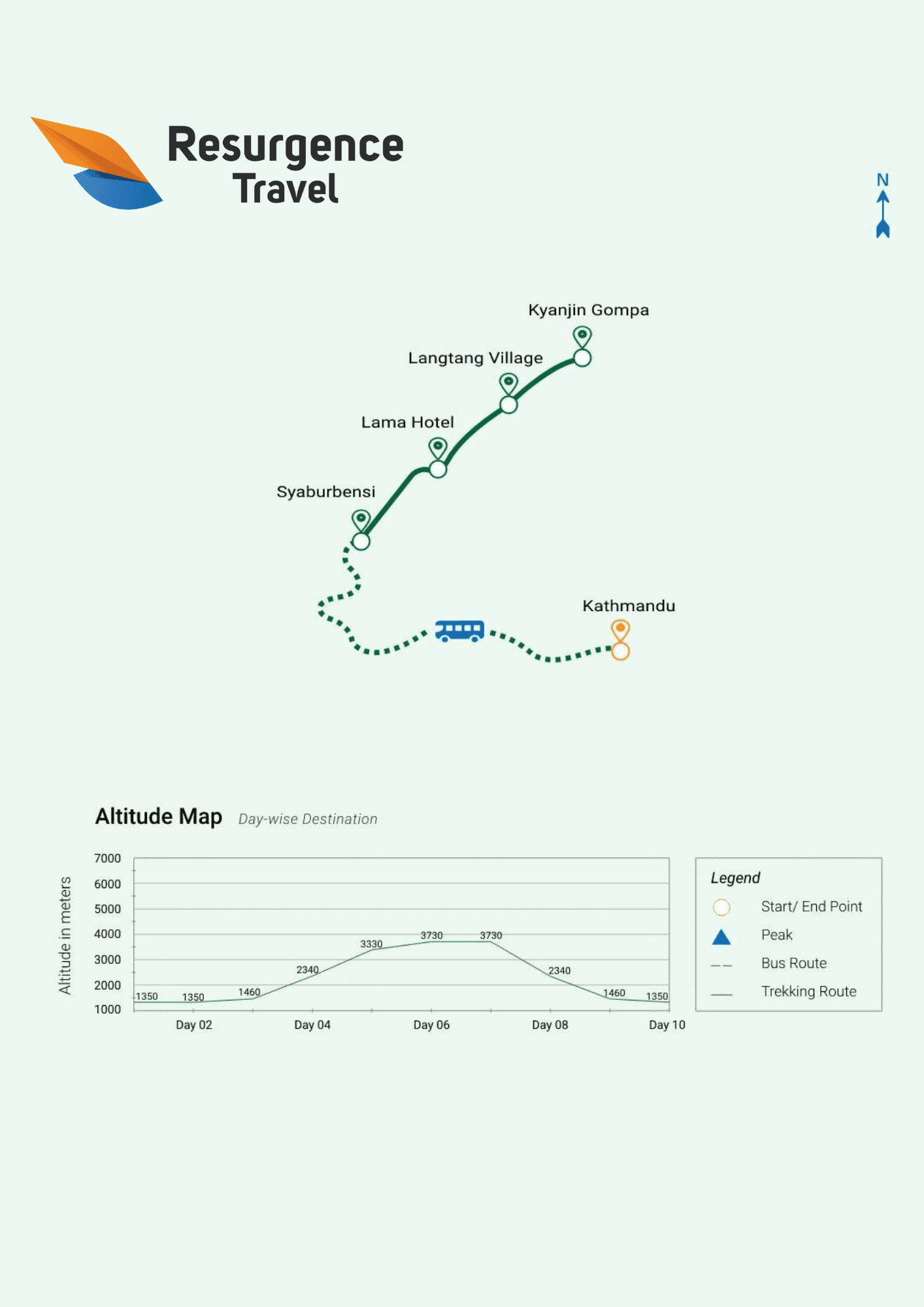
• Private vehicle airport pickup and drop-off.
• Welcome dinner at an authentic restaurant.
• Three nights of twin/double deluxe accommodation with breakfast in a 3-star hotel in Kathmandu (Upgrade options available at an additional cost).
• Guided sightseeing tours in Kathmandu with private vehicles (entrance fees not included).
• Local bus transport from Kathmandu to Syabrubensi and back (Private vehicle available for an extra fee).
• Langtang National Park entrance fee and Trekkers’ Information Management System (TIMS card).
• An experienced, knowledgeable, and friendly English-speaking guide with a government license, including their salary, food, drinks, accommodation, transport, and insurance.
• Insurance, salary, food, accommodation, and equipment for two guests and one porter.
• Additional support guide, including their salary, food, drinks, accommodation, transport, and insurance to assist the group as needed based on group size.
• Lodge accommodation on a twin/double sharing basis during the trek.
• Three daily meals (breakfast, lunch, dinner) and tea/coffee during the trek.
• First aid kit.
• Safe drinking water.
• Resurgence Travller equipment, including a sleeping bag, down jacket, T-shirt, cap, duffle bags, city and trekking route maps (if required).
• Emergency evacuation service arrangement (requires emergency evacuation insurance coverage paid by your travel insurance provider).
• Oximeter for monitoring pulse oxygen saturation and heart rate twice daily during the trek, ensuring safety from Altitude Mountain Sickness (AMS) symptoms.
• All applicable government and local taxes as per the itinerary.

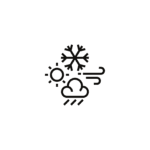
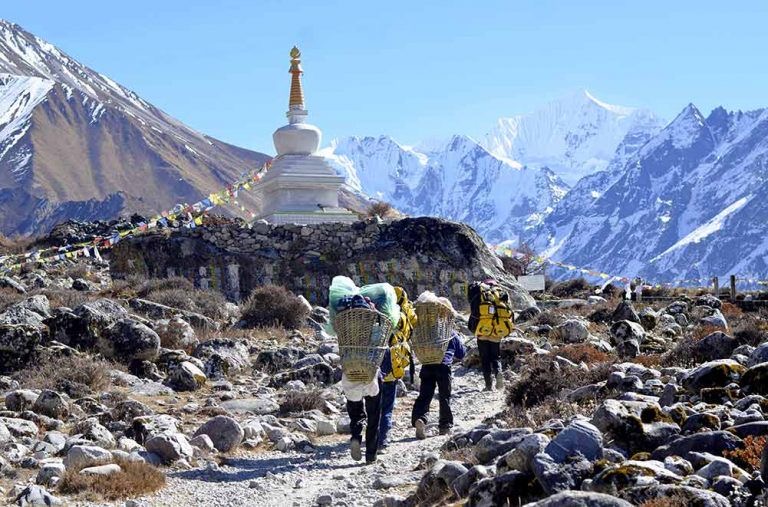
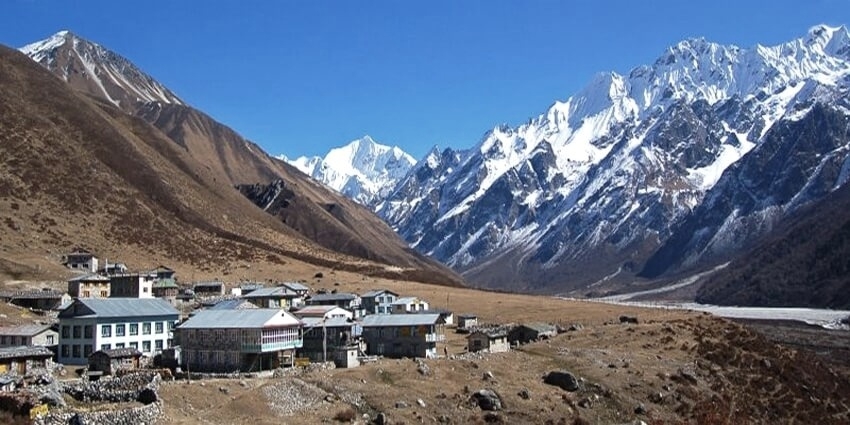
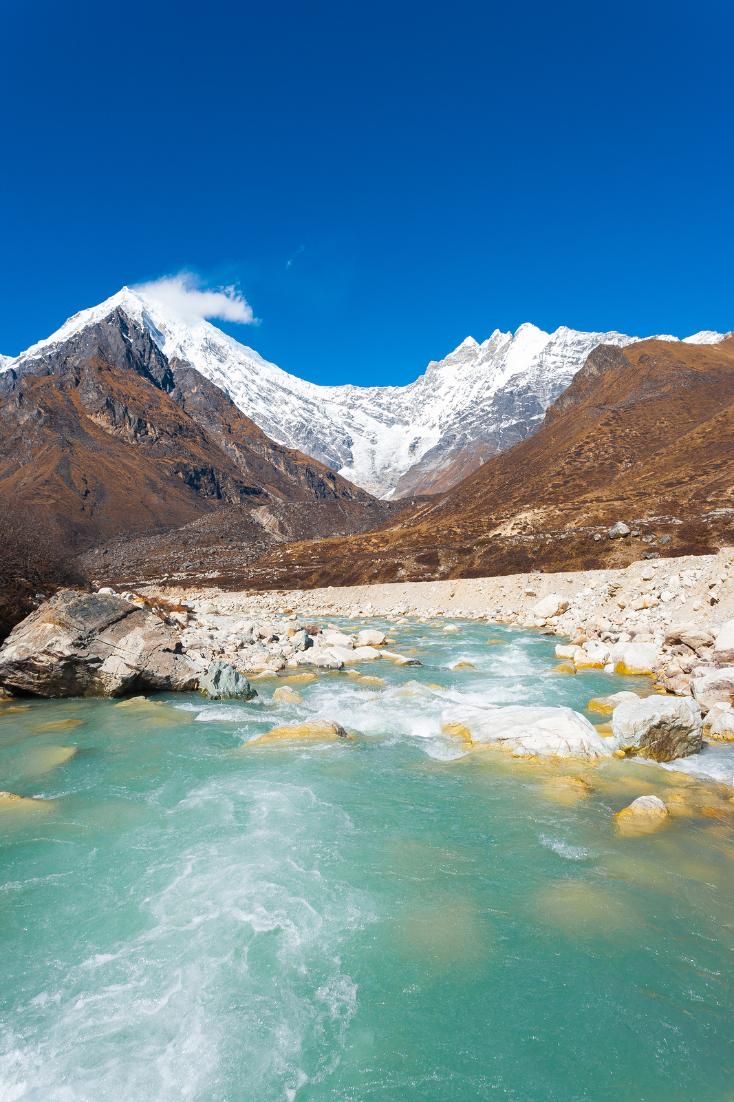
Tour Reviews
There are no reviews yet.
Leave a Review